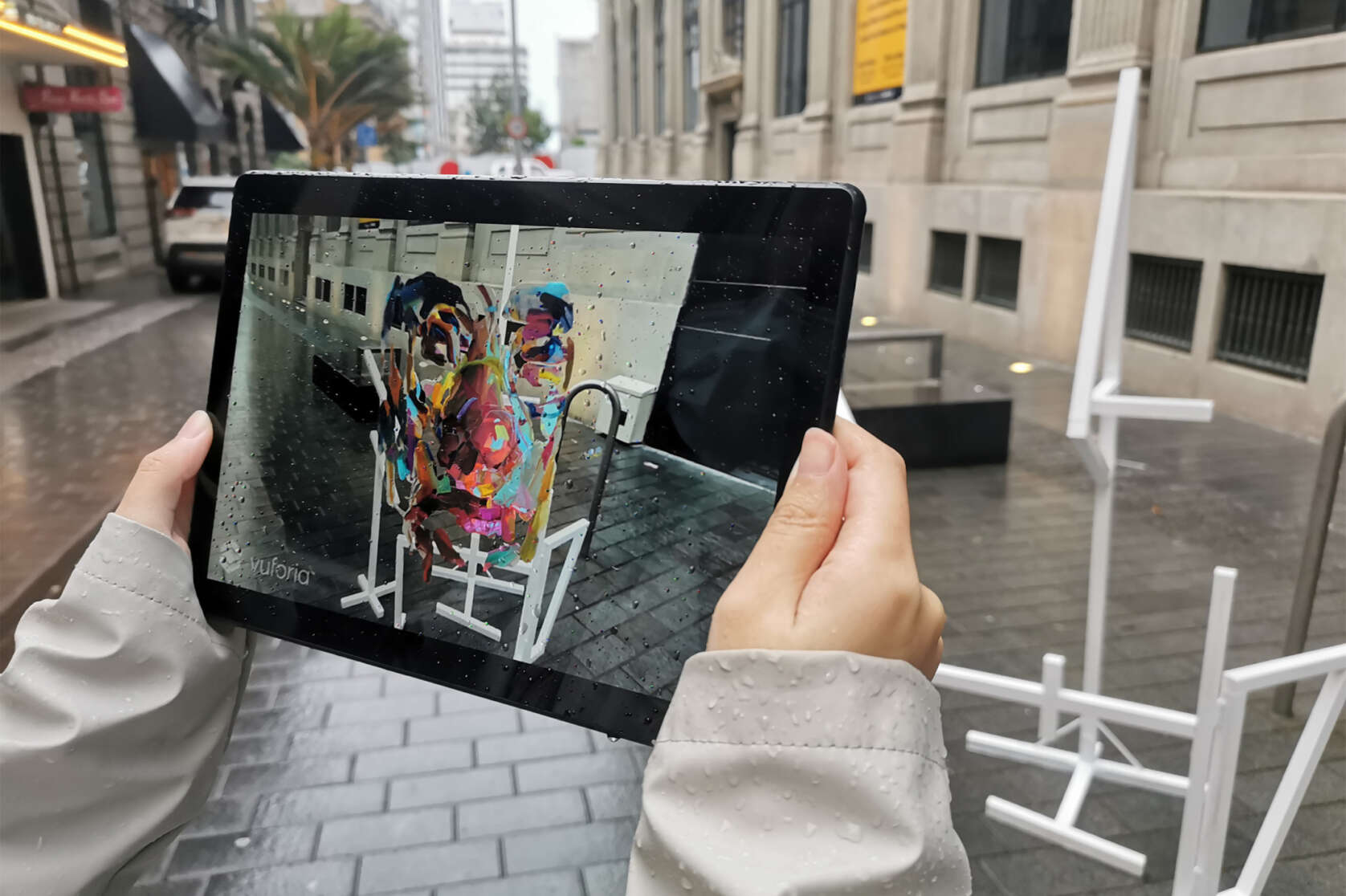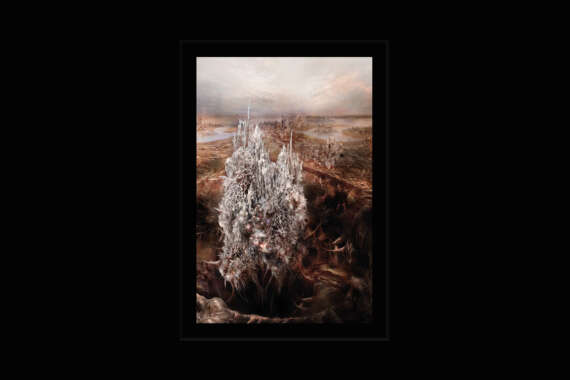Augmented Gallery in the Public Sphere

The physical presence and spatial configuration of art galleries have always been an important part of experiencing artworks. The Augmented Gallery proposes and investigates an alternative strategy of having a pop-up gallery space, allowing the artist to exhibit their work as a hybrid form.
The Augmented Gallery is a hybrid exhibition space that combines virtual art forms with the three-dimensional physical environment, specifically through using augmented reality (AR) technology on mobile devices. This thesis investigates the design parameter and the user experiences of hybrid gallery spaces. It questions how artists and architects could work collaboratively in the design and creation of the spatial environment. What are the new functionalities of the Augmented Gallery? And how do we create a satisfying and entertaining user experience in this gallery space?














